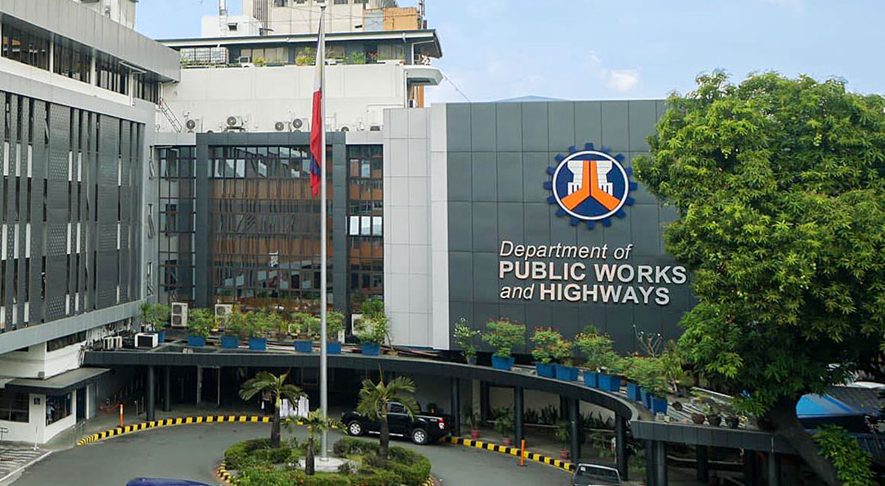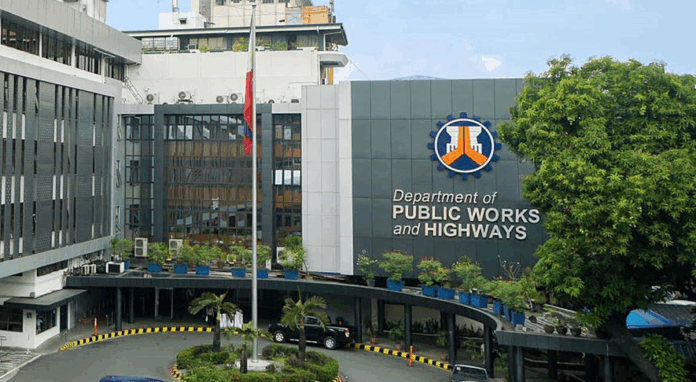Amidst the controversy of misspent flood control projects, Philippine government agencies like the DPWH and Bureau of Customs have long earned a reputation for red tape and corruption, just by the mere mention of their names, making them poster children for public distrust.
Maybe it’s time they took a page from the Department of Tourism’s ever-changing slogans because if “It’s More Fun in the Philippines” isn’t effective, “Love the Philippines” might be a gem that will see a surge in visitors coming over. Such naming rebrand isn’t just for the sake of getting a new identity and thousands of other subsequent steps from signage changes or getting a new domain name, it reflects a true transformation that is beyond the promise of a traditional politician.
And while we are on the topic, it’s also time to ask: Do these agency names still fit their roles in today’s world? Or should our departments get the branding makeover they deserve—something clearer, snappier, and a little more 2025?
Case in point is the Department of Public Works and Highways, and its naming history that dates back to the revolutionary government of Gen Emilio Aguinaldo when it was called the Department of War and Public Works. Before World War II, it was renamed Department of Public Works and Communications, and in 1981 it became known as the Ministry of Public Works and Highways. Under the new Constitution, in 1987 it adopted the name we know today.
But the name Department of Public Works and Highways still sounds exclusive and does not reflect the entirety of its scope of work.

Filipinos love to use acronyms from short ones like SOP to colloqually mean kickback or grease money in a corruption lingo to TNT for those who decide to settle illegally in the US to longer ones like PAGASA, NDRRMC or BARMM. So every government department seems to have fought a fierce internal battle to secure its three or four letters of fame.
So when the Department of Tourism claimed DOT, it left the Department of Transportation to settle for DOTr — a move that felt less like rebranding and more like an alphabet ransom note.
“We can’t use DOT, that’s already taken.”
“Okay, what about DOTrans?”
“Are you out of your mind? That sounds like a K-pop group.”
“Fine. Add a lowercase r. Done.”
That lowercase r forever marking a historic loss in the Battle of the Acronyms.
Back to the DPWH naming system. The agency was originally tasked about rebuilding roads in the post-war era, hence the significance of the eighth letter of the alphabet. But decades later, DPWH isn’t just pouring asphalt; it’s constructing bridges, public buildings, and flood control systems, even though some of which were considered ghost projects.
At this point, the H could mean anything: highways, houses, or hospitals.
Maybe it’s time for a name change — something like Department of Public Works and Infrastructure to reflect its diverse operations. DPWI rolls off the tongue better, doesn’t it?
In that losing battle for that straightforward naming convention to the tourism department, DOT still technically stands for Department of Transportation but most Filipinos still wonder what the “r” in DOTr does.
Maybe it’s time we rename it Department of Mobility and Transport. It’s short, better suited to its current role, and no lowercase letters required.
Beyond these major government departments, other agencies could use a branding consultant more than a budget increase.
Table of Contents
DTI (Department of Trade and Industry)
Solid, but maybe too old-school. In 2025, shouldn’t it be Department of Commerce, Innovation, and Enterprise? The name change suddenly feels like we’re talking about funding startups, nurturing local inventors, and helping Filipino brands go global instead of merely checking prices of goods during Noche Buena season.
DENR (Department of Environment and Natural Resources)
A bit too 1980s and at a time when it’s more concerned about issuing mining permits than melting glaciers. Why not Department of Climate, Environment, and Natural Resources? Australia’s former Department of Environment and Energy is now the Department of Climate Change, Energy, the Environment and Water (DCCEEW). It’s a mouthful, but at least no one can accuse it of leaving anything out.
What’s in a name you ask, but making this change also brings more climate change awareness to citizens in a country that’s experiencing more intense typhoons in recent memory.
DOH (Department of Health)
Simple, direct, but sterile, like the smell of a hospital corridor. How about Department of Health and Wellness which also maintains overall well-being? Because it’s more than surviving a dengue season or leptirosis outbreak from a recent flood. Its scope also includes keeping you sane and blood pressure steady while inching through traffic or withstanding the soaring prices of goods.
DepEd (Department of Education)
“DepEd” sounds like a sleepy nickname for a teacher. But it’s a more focused title for the highest-funded department in the Philippine government compared to its prior incarnation as the Department of Education, Culture and Sports. It might sound official and familiar, but when Filipino children rank low in PISA and other global assessments, the name feels a bit like putting a new label on an old notebook — shiny cover, same worn-out pages.
Consider an aspirational name like Department of Learning and Student Success as a reminder that the objective is to produce quality graduates, and whose teachers focus on their success instead of being called to do extra work such as election inspectors.
DA (Department of Agriculture)
Like the Department of Health, it sounds serious and traditional. But if we want to convey to everyone what it actually does in current times, Department of Food Security and Agriculture sounds like an appropriate goal for a country that used to export rice but is now even grappling with erratic crop yields. It’s ironic that the International Rice Research Institute in Los Baños, Laguna, has been teaching farmers across Asia for decades how to grow rice smarter, increase yields, and manage pests but now we import rice from these countries. Anyway, I digress.
The new name signals a shift from merely “farming for now” to a strategic, science-backed approach to keeping the nation fed. It’s like saying: we’re not just planting rice and hoping for rain; we’re planning harvests, preventing shortages, and actually paying attention to what IRRI has been teaching the world for 60+ years.
There are also cases when department names sound alike. The Department of Finance (DOF) and the Department of Budget and Management (DBM) sound like long-lost siblings who everyone confuses at family gatherings. DOF worries about taxes and revenue, while DBM meticulously plans the government’s spending. But for the average Juan or Juana, they might as well be the same department handing out bills and budget plans with no explanation.
What if the DOF became the Department of Public Finance and DBM rebranded as the Department of Fiscal Planning and Budget? Suddenly, the people can breathe a sigh of relief knowing which office to bug when the peso gets tight or when they’re wondering where their taxes disappeared to.
A department’s name shapes how people perceive its purpose. A clear, modern name builds trust; a confusing one makes it feel stuck in the typewriter era, staffed to guide us through a never-ending bureaucratic maze.
If you’re the Department of Public Works, people expect you to fix roads. If you’re Department of Mobility and Transport, people might imagine smoother traffic, cleaner trains, and apps that actually work.
Of course, we can change department names as a yearly exercise and nothing changes until the systems and processes are refined.
And maybe, just maybe, we could add a Department of Naming Things, a special unit tasked with preventing future disasters like “DOTr” or “DepEd.”
Their motto: “We name, therefore we serve.”
Clearer, smarter, and more inclusive names might just be the infrastructure the government needs next.
Because while roads and bridges matter, words build the pathways people actually understand. So the next time you see a government acronym, ask yourself: does it describe what it does. Or just what it used to do?
And if it doesn’t, maybe it’s time for the Department of Naming Things to step in and resolve the issue.

